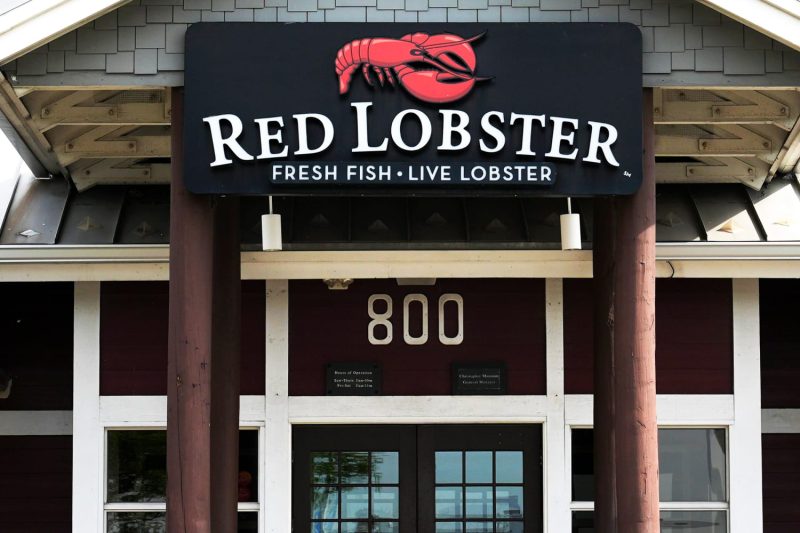To comprehend the decline of the Red Lobster empire, one must look beyond the endless shrimp gimmick it is infamously known for. The true crux of the matter lies within the mechanics of the corporate world – namely in the influence exercised by private equity over this seafood chain’s business course.
Private equity firms are popular for the role they play in the corporate ecosystem. Such firms usually purchase weak or underperforming companies, restructure them, and then sell them off for a profit. In 2014, Red Lobster was bought by a private equity company called Golden Gate Capital from its parent company Darden Restaurants.
The manner in which Golden Gate Capital managed Red Lobster post-acquisition is a prime illustration of how such firms can actually accelerate the decline of a struggling company instead of rescuing it. One of the most controversial decisions they made was allowing the company to continue an unsustainable practice – serving endless amounts of shrimp and other seafood at low prices.
This economic strategy, though seemingly attractive to customers, was economically unviable due to rising food costs. The cost of shrimp, a staple in most of Red Lobster’s dishes, was growing at a fast pace globally. Instead of adjusting prices or reimagining its menu to deal with the altered reality, part of the management insisted on the continuity of this approach. While this practice was already in place prior to the acquisition, the private equity firm’s failure to address this burgeoning issue plunged Red Lobster further into financial disarray.
Another turn of events that disoriented the seafood chain was the change in leadership following the acquisition. A series of leadership changes can create confusion and inconsistency, affecting the overall functioning and culture of a company. Following the acquisition by Golden Gate Capital, the CEO of Darden, Clarence Otis, stepped down, along with numerous other top executives. This left the already struggling chain unable to implement consistent, effective strategies to combat its mounting challenges.
Moreover, Golden Gate Capital’s intention to quickly flip Red Lobster for a profit led them to heavily leverage the company. To finance their acquisition, the firm resorted to monetizing Red Lobster’s real estate assets, leaving the company with considerable debt and high rental expenses. This strategy further exacerbated Red Lobster’s financial instability.
Also, it’s worth noting that Red Lobster found it difficult to adapt to changing consumer preferences. Over the years, there was a noticeable shift towards more health-conscious dining and sustainability expectations. Red Lobster, known for their fried seafood offerings and high-calorie dishes, found it challenging to adapt their business model and menus to cater to a more health-conscious consumer.
In conclusion, while the endless shrimp gimmick might have been the hook that caught people’s attention, it was not the sole factor that sunk Red Lobster. The influences of private equity, marked by poor decision-making, heavy leveraged buyouts, failure to adapt to changing market conditions and leadership instability, played significant roles in accelerating the decline of this seafood giant. Despite the demise, the story of Red Lobster provides invaluable lessons for both private equities and companies in their quest for business survival and growth.




